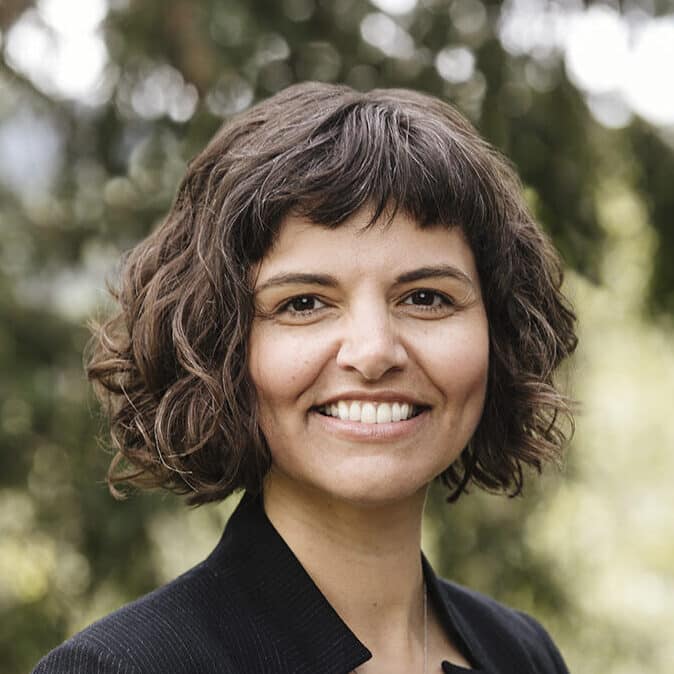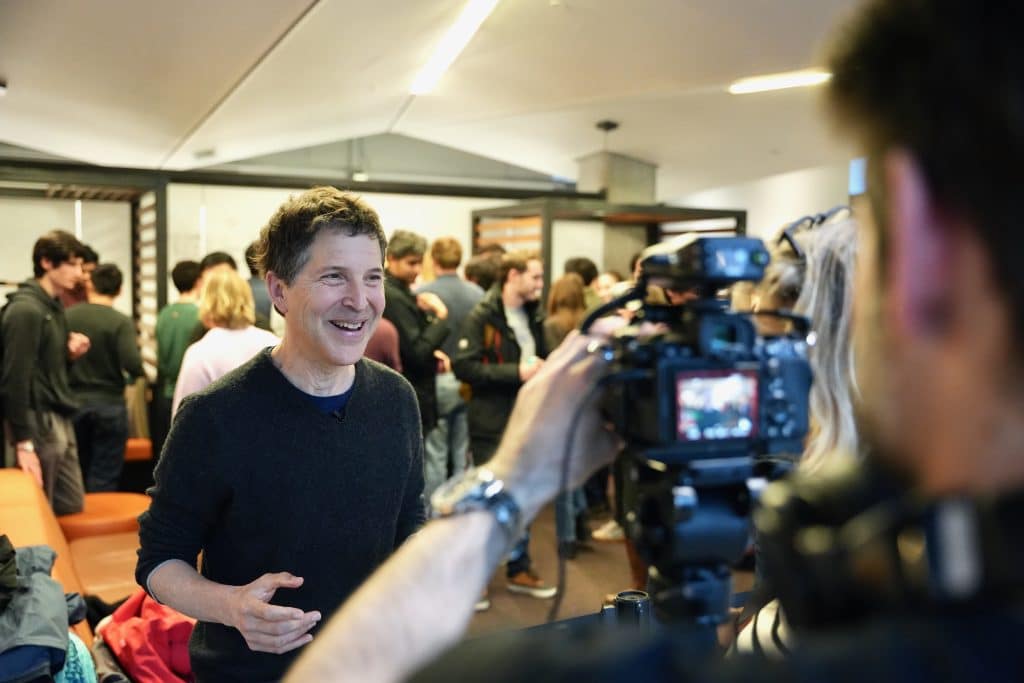This article was originally published on Devex on May 30, 2024.
Before the Paris Agreement in 2015, the projected global temperature increase was expected to be about 3.5 degrees Celsius over pre-industrial levels but today it has been reduced to about 2.7 C. But that is nowhere near the progress needed and time is running out.
While there is plenty of money going into tech innovations such as renewables, carbon capture and storage, and electric modes of transport, the greatest barriers to climate mitigation nowadays are political, cultural, and economic. This is where philanthropic funding can meet that demand. But first, philanthropy must address its innovation challenge.
What is philanthropy’s innovation challenge?
Philanthropy has long supported various efforts in tackling the climate challenge and there are plenty of wins to celebrate. But climate change is a wicked problem that cannot be resolved only through a linear logic model, and philanthropy needs to overcome two structural issues to create a greater impact there.
First, the incentives for funders and grantees still favor incremental more than transformative ideas. Not enough funders take leaps of faith with social innovators, who often propose unconventional strategies or ambitious targets, because bold ideas might be harder to measure, entail new sets of expertise, or require a higher approval bar from a board of trustees. In turn, grantees pursue only ideas they think align with donors.
A second issue is that only a small number of large funders account for a disproportionate share of climate philanthropy, and most of them are based in North America and Europe. This limits the diversity of ideas that get attention and funding. And, where innovative ideas get new investments, those ideas tend to involve only minor changes from established ones and receive insignificant, restricted funding.
Learnings from an organization
In 2016, with the leadership of Walt Reid, the David and Lucile Packard Foundation helped launch Climate Breakthrough to try to overcome those issues. We looked at other fields where institutions have been systematically designed to foster innovation, such as DARPA and ARPA-E that pursue breakthrough technology. In the private sector, we examined the entire ecosystem of angel investors, venture capital firms, incubators, and accelerators that exists to spur new business models.
We homed in on three elements that we believed could catalyze bold climate action and melded them to form our grantmaking model:
1. Identify outstanding individuals, not institutions.
2. Provide a time-bound tenure — at least three years, in our case.
3. Supply financial resources that are significant, flexible, and comprehensive.
In 2016, Climate Breakthrough’s first grantee, John Hepburn, wanted to pursue an angle that many stakeholders, including those in philanthropy, thought to be radical: convincing the global insurance industry to stop supporting fossil fuel projects. Since then, his work with Insure Our Future has seen dozens of major companies adopt coal exit policies, while many others restrict insurance for oil and gas like what Zurich Insurance announced.
In 2018, Tessa Khan used her grant to expand a nascent idea: national-level climate litigation. As a result of legal challenges instigated or supported by her initiative, governments have received court mandates to dramatically increase their emissions reduction efforts. A 2023 United Nations report said litigation is now setting precedents for climate action and has become an important driver of change.
In 2019, we invited Tzeporah Berman to see if there was an untapped strategy for climate action and she used her grant to launch the Fossil Fuel Non-Proliferation Treaty initiative. It has now been endorsed by 13 nation-states, 111 major city governments, and hundreds of thousands of civil society leaders.
Opportunities for funders
Those of us in philanthropy are increasingly acknowledging the need to prioritize climate in our grantmaking. Traditional strategic philanthropy will continue to be important, but bold climate action deserves bold philanthropy.
Here are four considerations where we have seen impact:
1. Create a culture of “right to left” thinking. By focusing on the end goal of resolving the climate crisis, we can push both funders and grantees to think bigger. It can give license to higher ambition and experimental creativity that might generate the maximum potential for breakthroughs.
2. Provide support commensurate with ambition. Climate Breakthrough’s multiyear, $3 million flexible grant, in addition to comprehensive capacity-building resources, has been shown to help grantees operate with an abundance, rather than scarcity, mindset. They can focus on building smart strategies that support their ambitious goals without worrying about capital all the time.
3. Embrace shortfalls. Not all breakthrough ideas thrive, so we need to be comfortable with that potential for failure — or, as we’d like to call it, new learning. We collaborate with each of our grantees in defining their performance indicators and tailoring the tools to match the magnitude of their work.
4. Leverage a multiplicity of voices and approaches. While a consensus on what works best to address climate change is necessary, funders have the flexibility to invest in a diverse range of problem solvers — people from different backgrounds and different parts of the world with different perspectives. Climate solutions can work only if they exist.
With the science showing that we don’t have much time left to shift course on climate change, philanthropy has an outsized opportunity to change the course of history. Our credibility as funders must be defined not by the certainty of our success but by the scale of our ambition.









